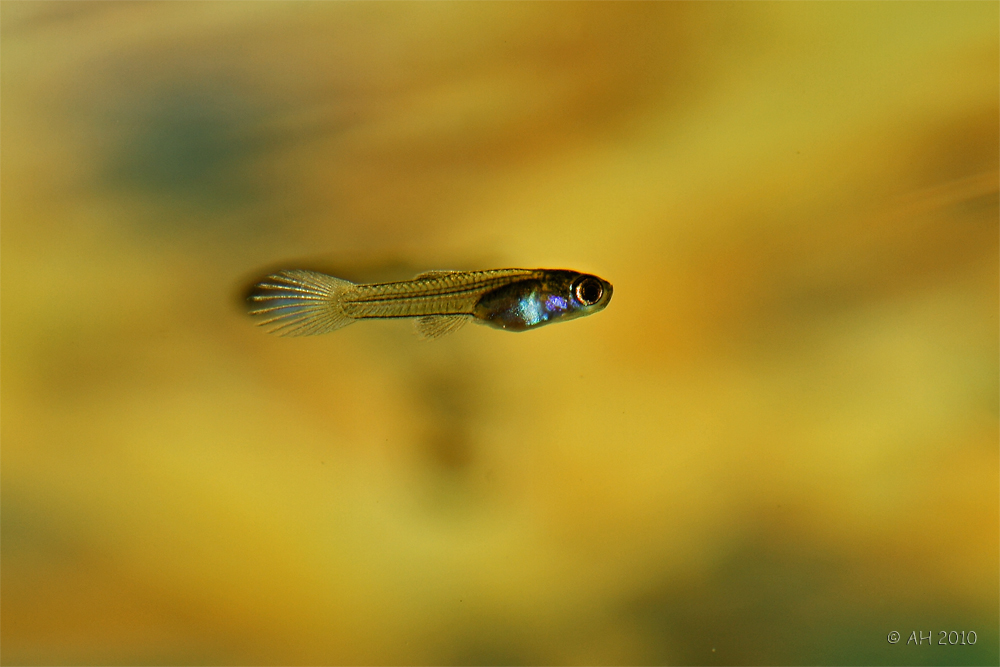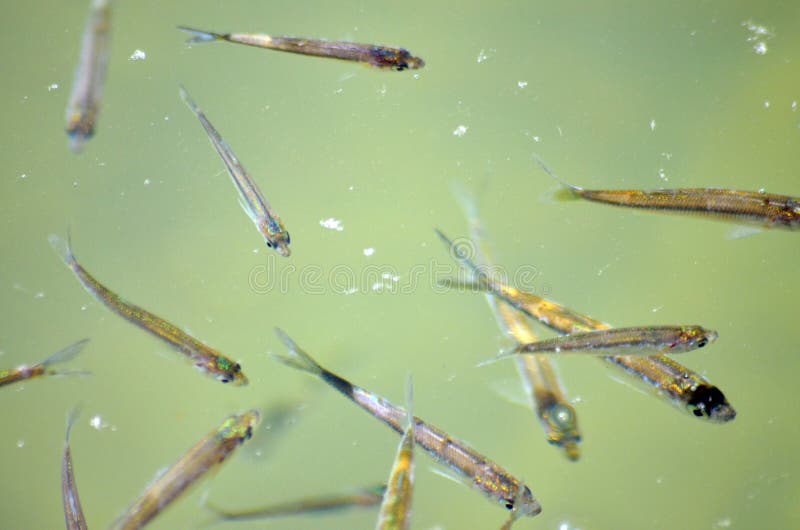Baby Fische
Do you enjoy the serenity and beauty of a well-maintained aquarium? If so, you may be interested in learning more about baby fische. These tiny aquatic creatures are fascinating to watch as they grow and mature, but they can also present challenges that require careful attention and management. In this blog post, we will explore the world of baby fische and provide insight into their care and breeding.
Pain Points Related to Baby Fische
As with any living creature, baby fische require proper care and attention to thrive. Some of the common challenges or "pain points" associated with raising baby fische include maintaining the right water temperature and quality, providing appropriate nutrition, and protecting them from predators or aggressive tank mates. Additionally, some species of fische may be more difficult to breed or rear than others, requiring specialized knowledge and equipment.
Target of Baby Fische
Despite these challenges, many aquarium enthusiasts find great satisfaction in breeding and raising baby fische. Watching these tiny creatures grow and develop into mature adults can be incredibly rewarding, and can provide a deeper appreciation for the wonders of nature. Additionally, successful breeding of baby fische can help to conserve rare or endangered species, supporting efforts to maintain biodiversity and protect threatened aquatic ecosystems.
Summary of Main Points
In summary, raising baby fische can be a rewarding but challenging endeavour. Proper care and attention, as well as specialized knowledge and equipment, may be required to successfully breed and rear these tiny aquatic creatures. Despite the potential difficulties, many aquarium enthusiasts find great satisfaction in watching baby fische grow and develop into healthy, mature adults. Through their efforts, they may also contribute to important conservation initiatives that help to protect rare or endangered fische species and promote ecological diversity.
The Target of Baby Fische and Personal Experience
One of the most rewarding aspects of raising baby fische is the opportunity to observe their individual personalities and behaviours as they grow. In my own experience, I have found that each baby fisch has its own unique characteristics and preferences, from the way they interact with their tank mates to their reaction to particular foods or environmental stimuli. By taking the time to observe and understand these individual differences, I have been able to provide better care and management for my baby fische, supporting their growth and development over time.

Raising Healthy Baby Fische
In order to provide the best care for baby fische, it is important to understand their unique needs and requirements. This may include monitoring and maintaining water quality to ensure the right temperature, pH balance, and nutrient levels. Feeding baby fische a varied and balanced diet, consisting of both commercial and live foods, can also help to support their growth and development. Additionally, it is important to carefully manage the tank environment, providing adequate hiding places and reducing stress to minimize the risk of disease or predation.

Breeding Baby Fische
Breeding baby fische can be a complex and nuanced process that requires careful attention to several variables. These may include choosing the right parent specimens, providing adequate spawning conditions, and carefully monitoring egg development and hatching rates. Depending on the species of fisch involved, specialized equipment such as spawning mats or rearing tanks may also be required. By taking the time to understand the unique requirements of each species and tailoring breeding strategies accordingly, aquarists can contribute to conservation initiatives and support the growth and development of healthy, thriving baby fische populations.

The Importance of Species Conservation
Beyond the enjoyment of raising and caring for baby fische, there are many compelling reasons to support conservation efforts to protect rare and endangered fisch species. By promoting ecological diversity and supporting conservation initiatives, aquarists can play an important role in protecting threatened aquatic ecosystems and preserving the natural beauty and balance of our planet. Whether through responsible breeding programs, advocacy and education efforts, or other initiatives, there are many ways that we can all work together to help preserve the wonderful diversity of life that exists in our oceans and rivers.
Question and Answer
What kind of food should I feed baby fische?
Baby fische require a varied and balanced diet in order to receive the necessary nutrients for growth and development. This may include a mix of commercial fish food, live or frozen brine shrimp, and other protein-rich sources.
How do I maintain the right water temperature for baby fische?
Depending on the species of fisch involved, the ideal water temperature may vary. However, a general rule of thumb is to maintain a water temperature between 75-85 degrees Fahrenheit. This can be achieved through the use of a reliable aquarium heater and regular monitoring of the water temperature.
Can I breed baby fische in a community tank?
While it is possible to breed baby fische in a community tank, it is important to carefully manage the environment and ensure that the parent specimens have adequate space, hiding places, and other resources to successfully breed and rear their young. Additionally, it may be necessary to separate the baby fische from their parents or other tank mates as they grow and mature.
What are the benefits of breeding and raising baby fische?
There are many benefits to breeding and raising baby fische, including the opportunity to watch them grow and develop into healthy, mature adults. Additionally, successful breeding of rare or endangered fische species can help to protect biodiversity and support conservation efforts. Breeding and raising baby fische can also be a rewarding and intellectually stimulating hobby that promotes a deeper understanding and appreciation of aquatic ecosystems and the creatures that inhabit them.
Conclusion of Baby Fische
Raising baby fische can be a challenging and rewarding endeavour for aquarium enthusiasts. With careful attention to water quality, nutrition, and environmental factors, it is possible to successfully breed and rear many species of fisch. Additionally, by promoting conservation efforts and supporting biodiversity, we can help to preserve the natural balance and beauty of our oceans and rivers for generations to come.
Gallery
Babyfisch 3 Foto & Bild | Tiere, Haustiere, Aquaristik Bilder Auf

Photo Credit by: bing.com / fotocommunity
Fish Baby · Free Photo On Pixabay

Photo Credit by: bing.com / fish baby pixabay guppy ipad instagram
Baby Blobfish...hmmm I Wonder If This Is Like The "baby Polar Bear

Photo Credit by: bing.com / blobfish fish baby blob animals sea deviantart rainbow mr creatures rare cute tiere weird real going deep fische unterwasser im
Babyfische Stockbild. Bild Von überfluß, Tiere, Aufspeicherung - 40600325

Photo Credit by: bing.com /
Baby Fish - The Vital Larval Phase | Lizard Island Reef Research Foundation
Photo Credit by: bing.com / baby fish chromis lizard island larval phase colin lava damselfish puller wen credit near vital